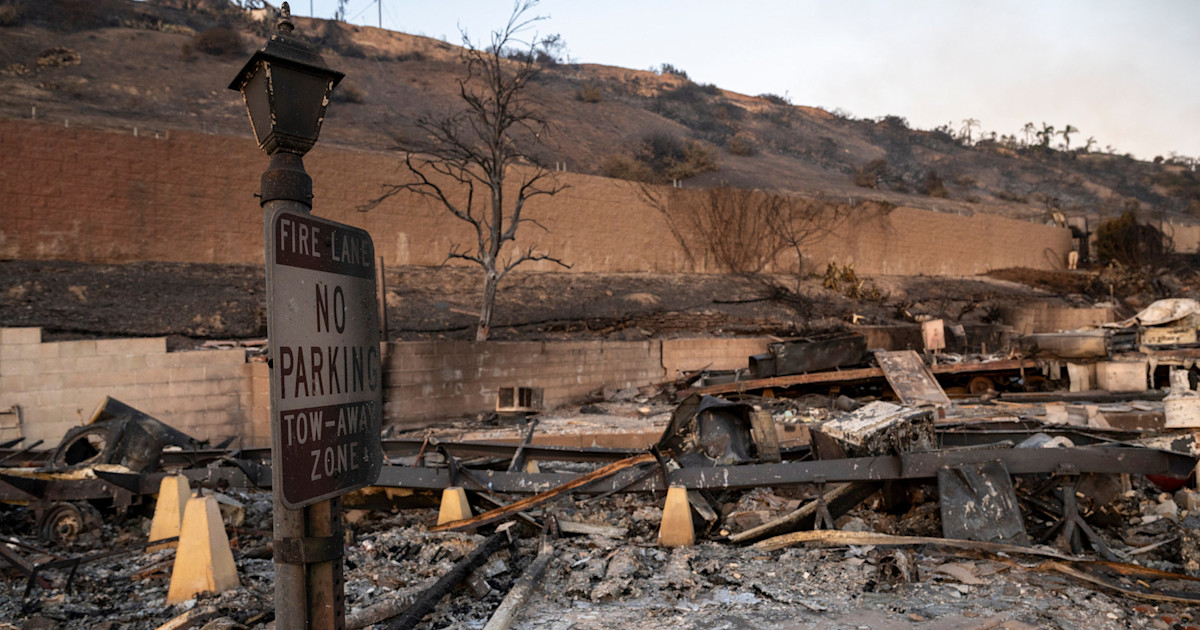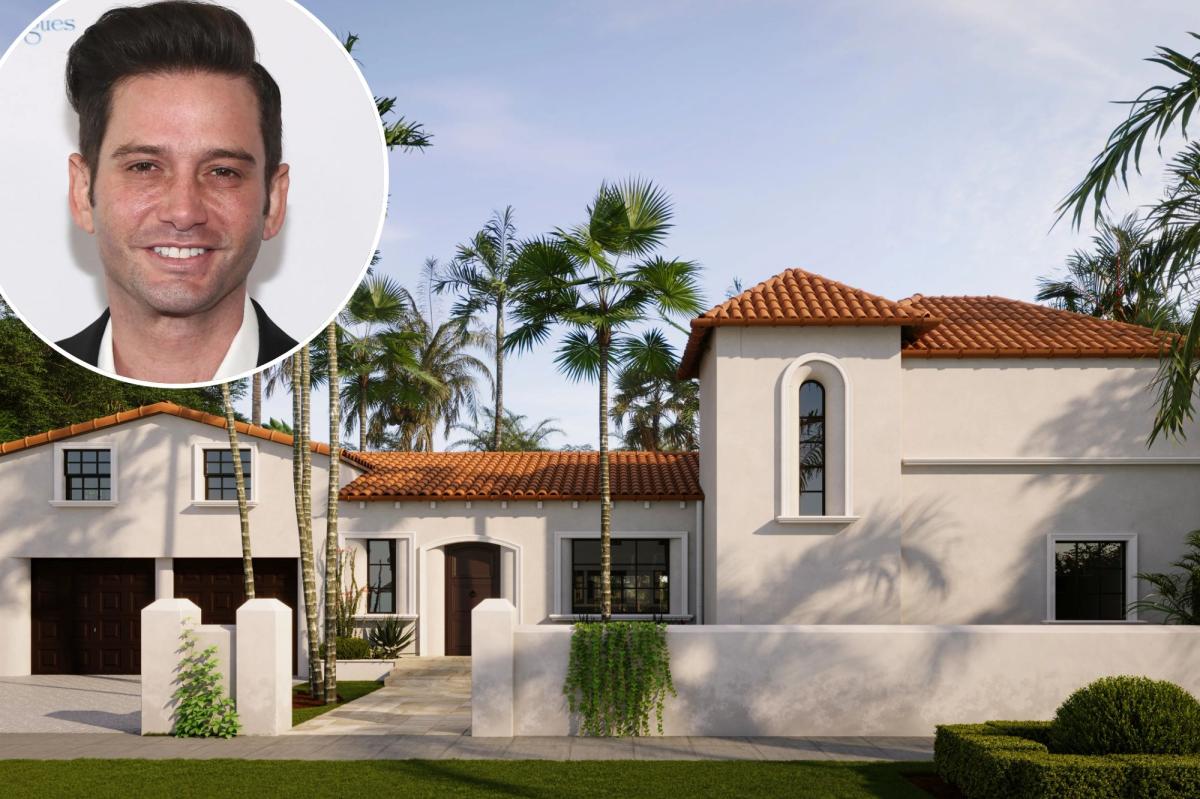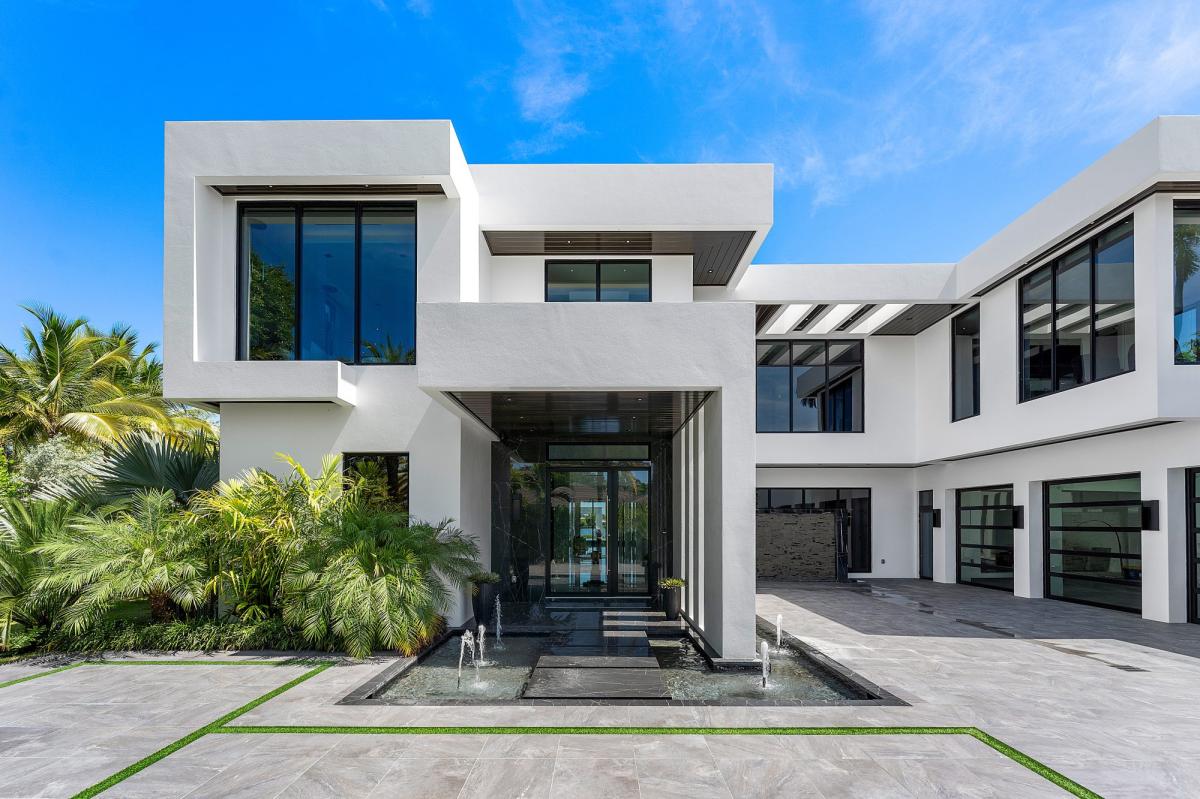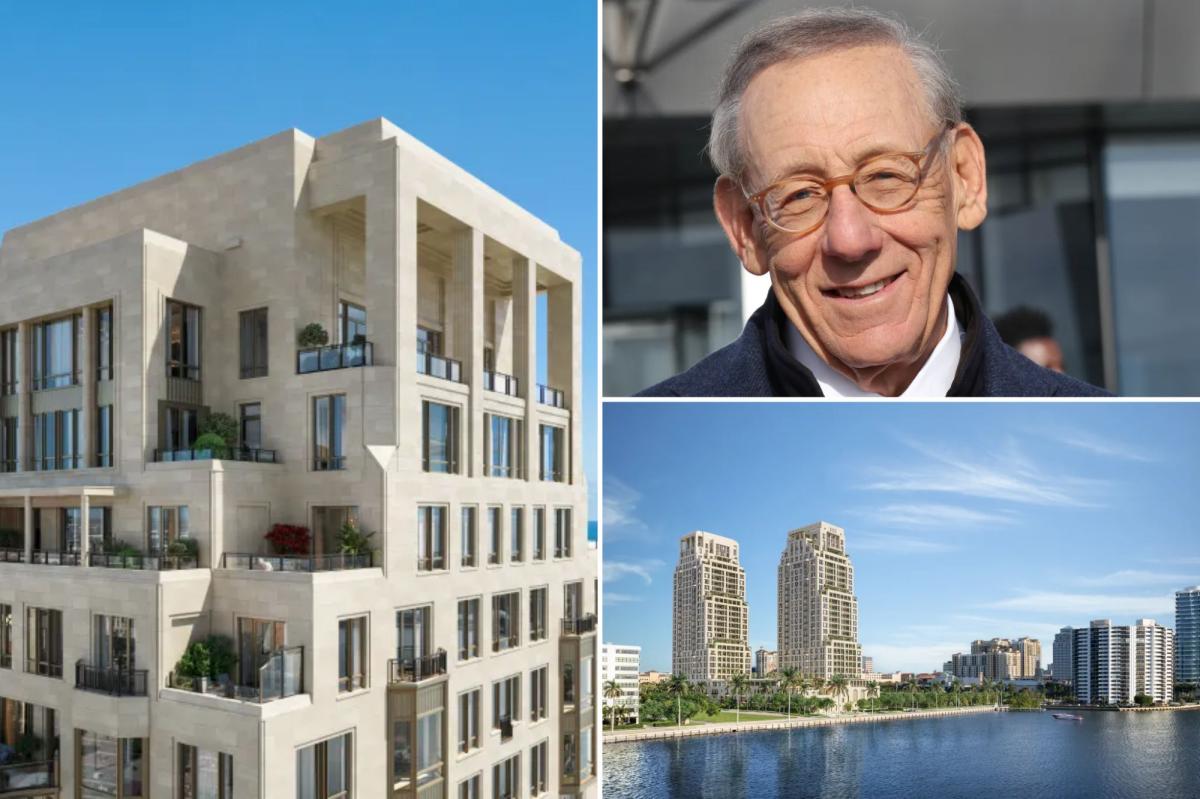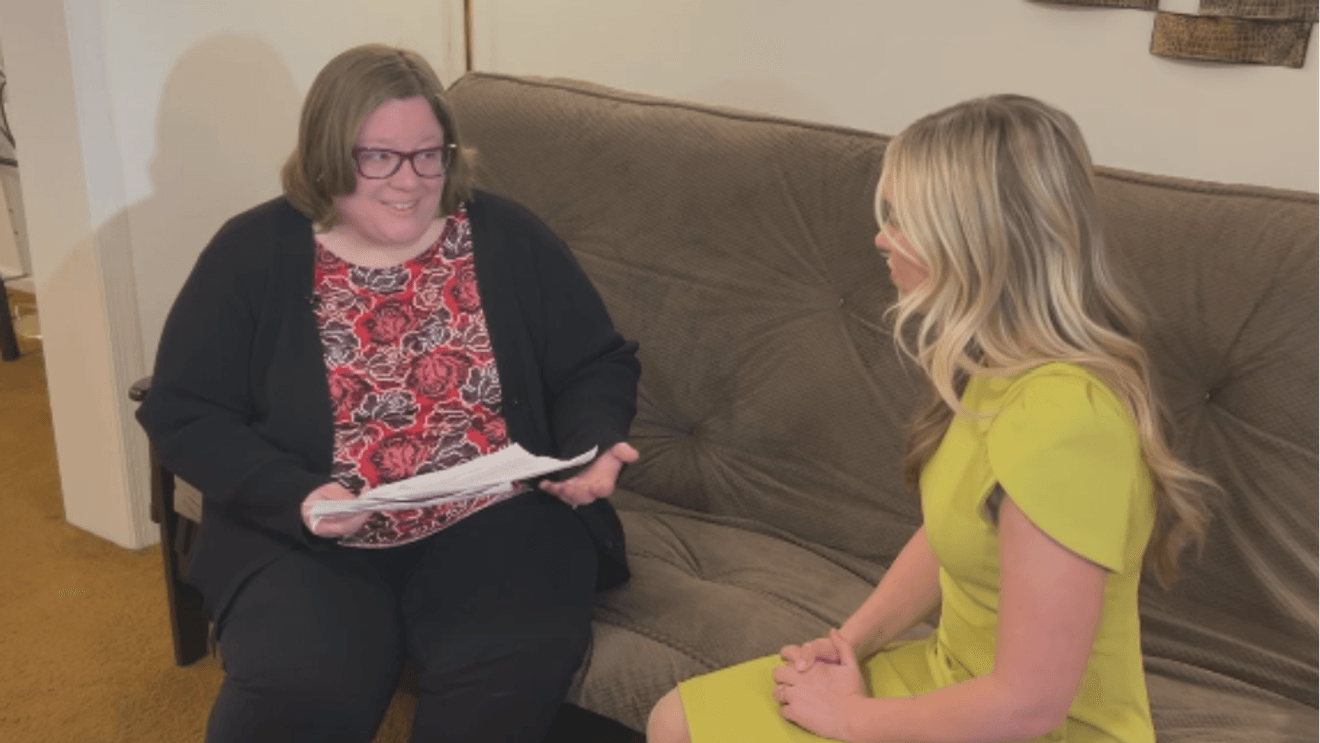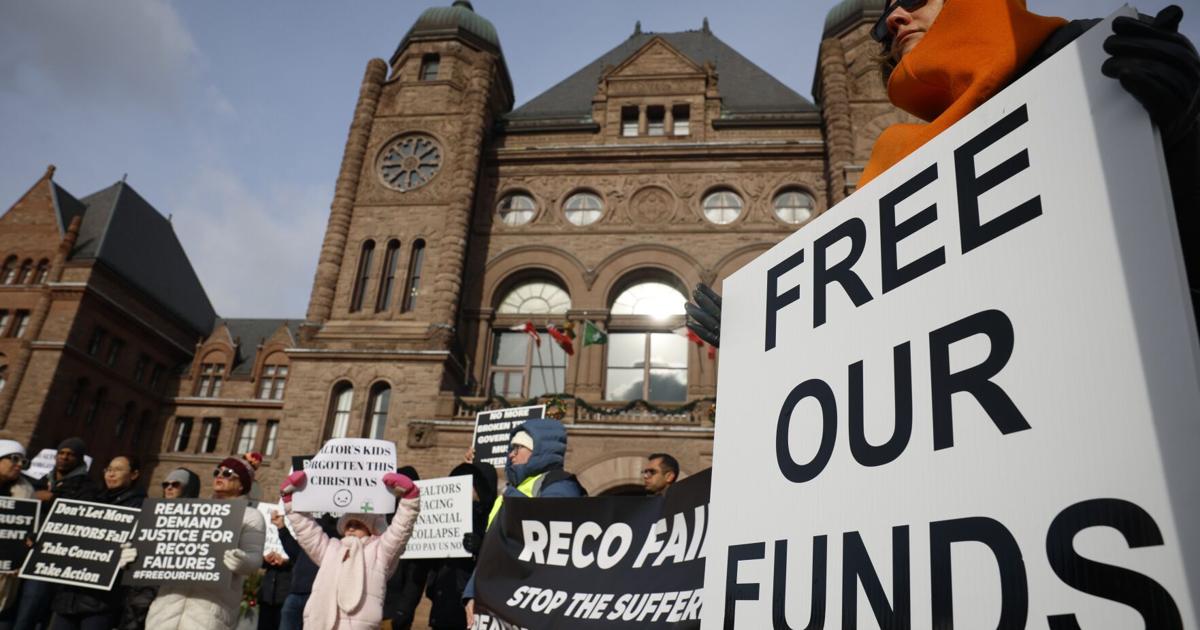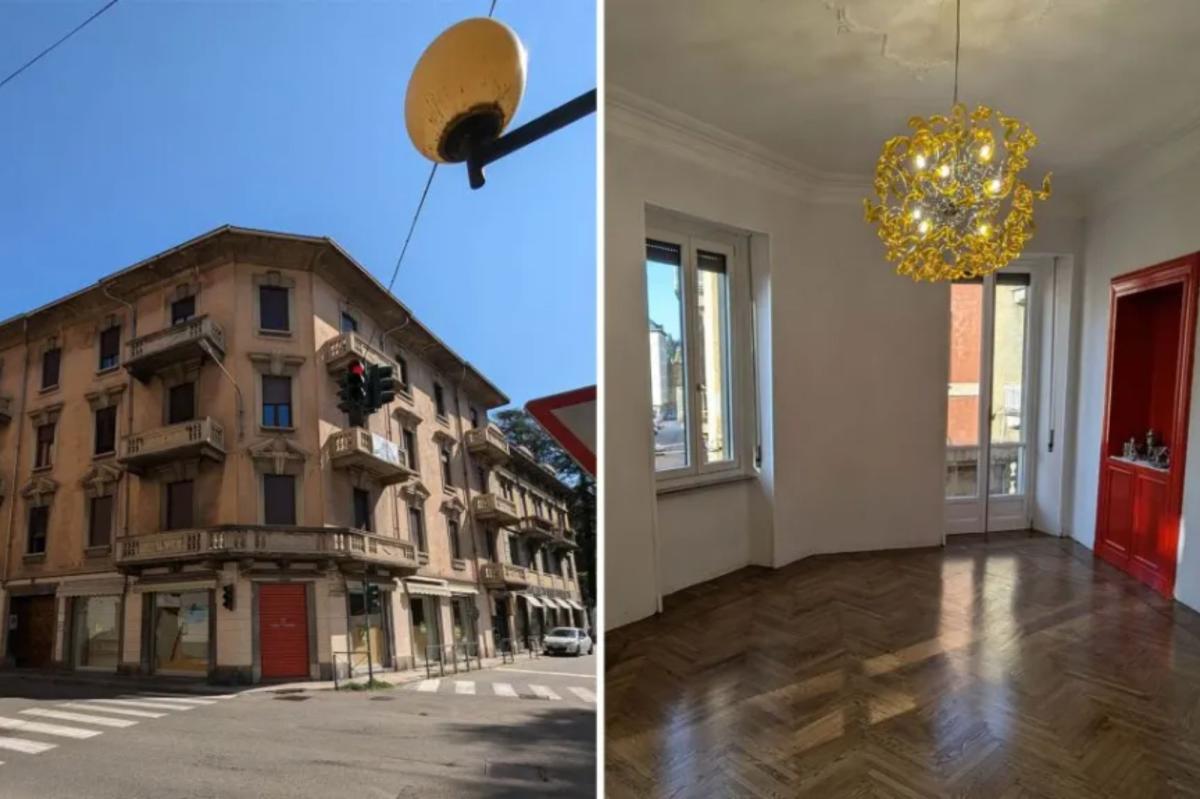A
s the devastating Eaton and Palisades wildfires continue to ravage the greater Los Angeles area, displacing tens of thousands of residents, the question of rebuilding looms large. While local leaders are eager to rebuild, experts warn that simply doing it the same way won't cut it. To mitigate risks, scientists must be brought to the table to understand climate trends and develop effective wildfire mitigation measures.
Rebuilding in areas prone to disasters may not be the best approach, argues Seydina Fall, a senior finance lecturer at Johns Hopkins Carey School of Business. "There are areas where we should not rebuild," he says. "We need to allow nature to regenerate." However, rebuilding will likely happen, and it must be done right.
Lindsay Brugger, VP of resilience at the Urban Land Institute, emphasizes that building codes with wildfire mitigation measures should be a top priority. She also advises homeowners to consider retrofits and upgrades to make their homes more resilient. Real estate agents can play a crucial role in educating clients about climate risks and helping them make informed decisions.
As climate change becomes an increasingly pressing issue, real estate agents will need to adapt by being aware of and communicating climate risks to buyers. Major home search portals are already incorporating climate risk information into listings, but agents themselves must also become resources for their clients. Ultimately, rebuilding in a way that prioritizes resilience and mitigates future disasters is crucial for the long-term sustainability of communities affected by wildfires.
